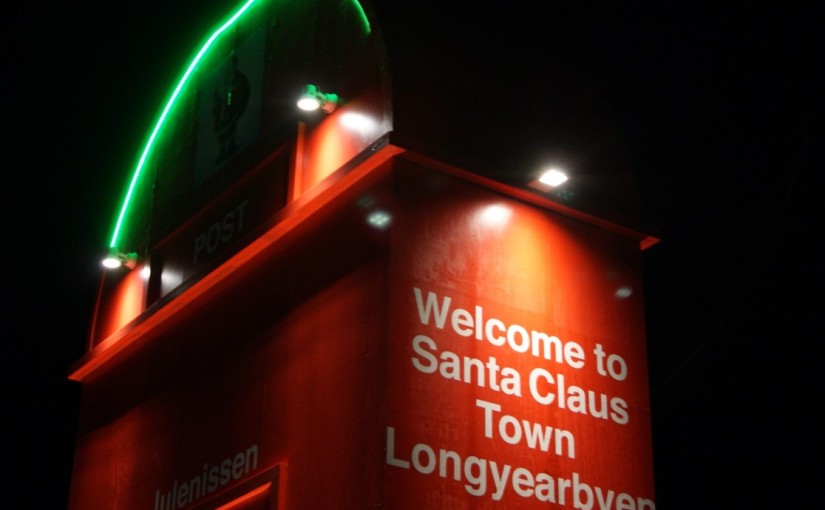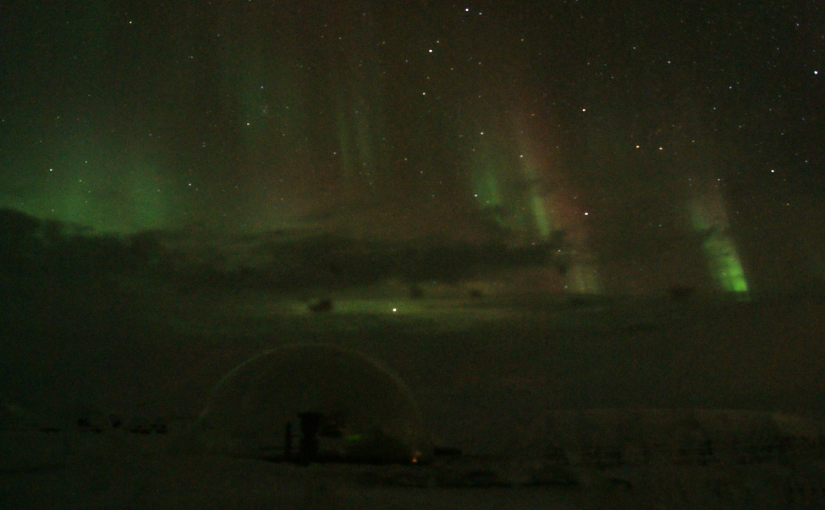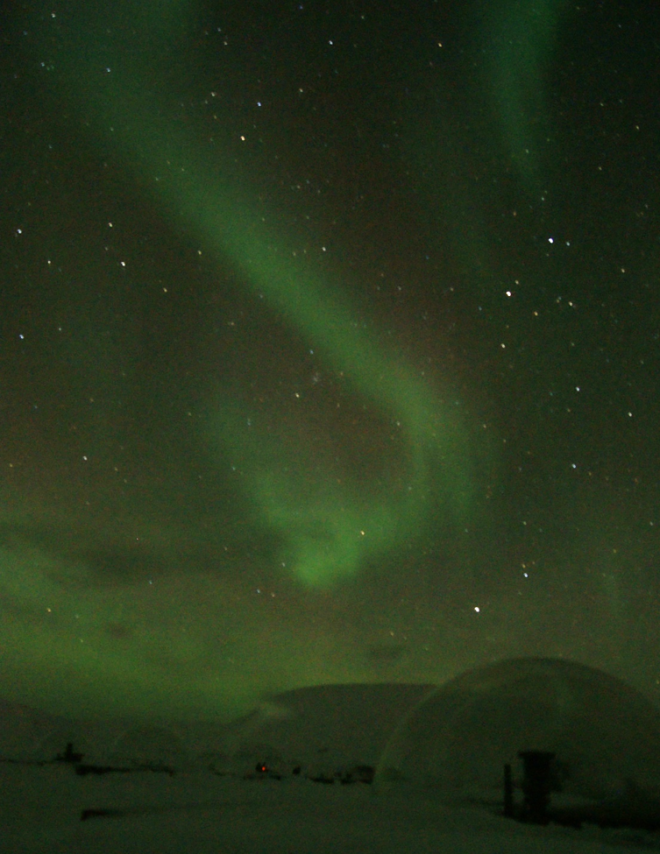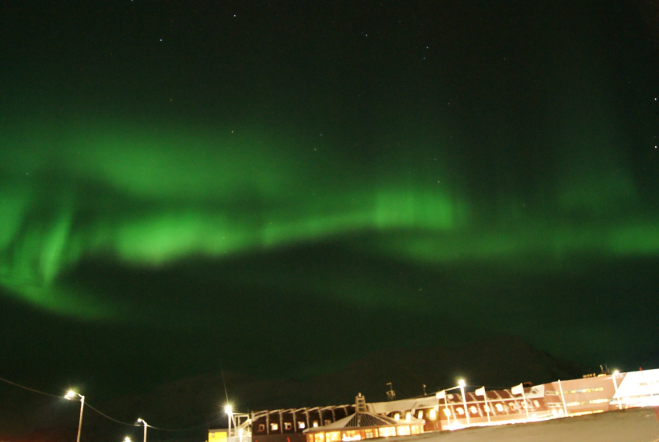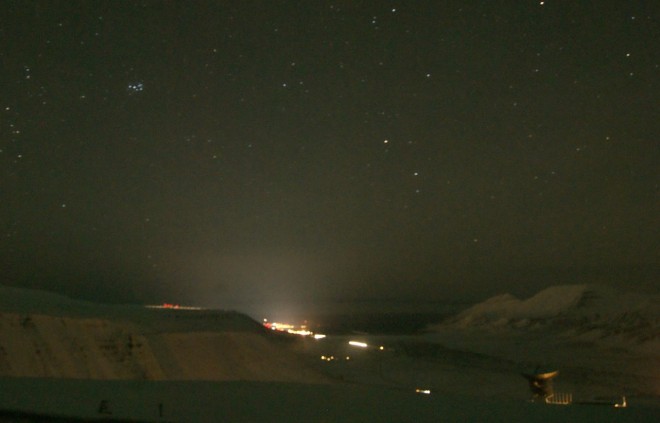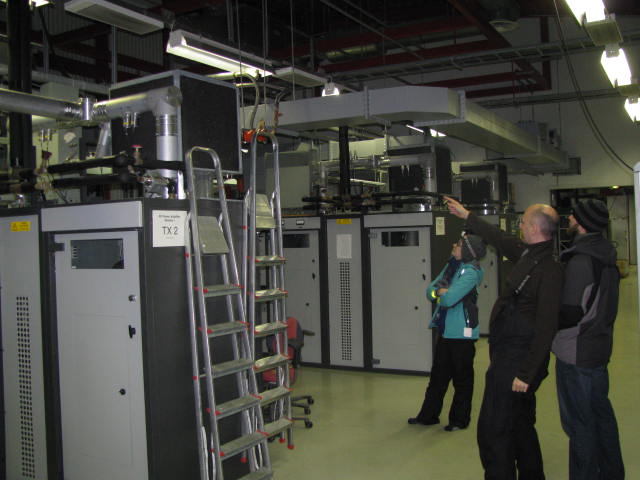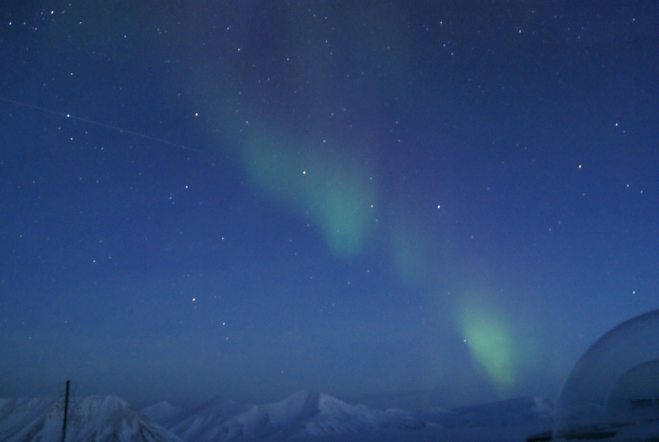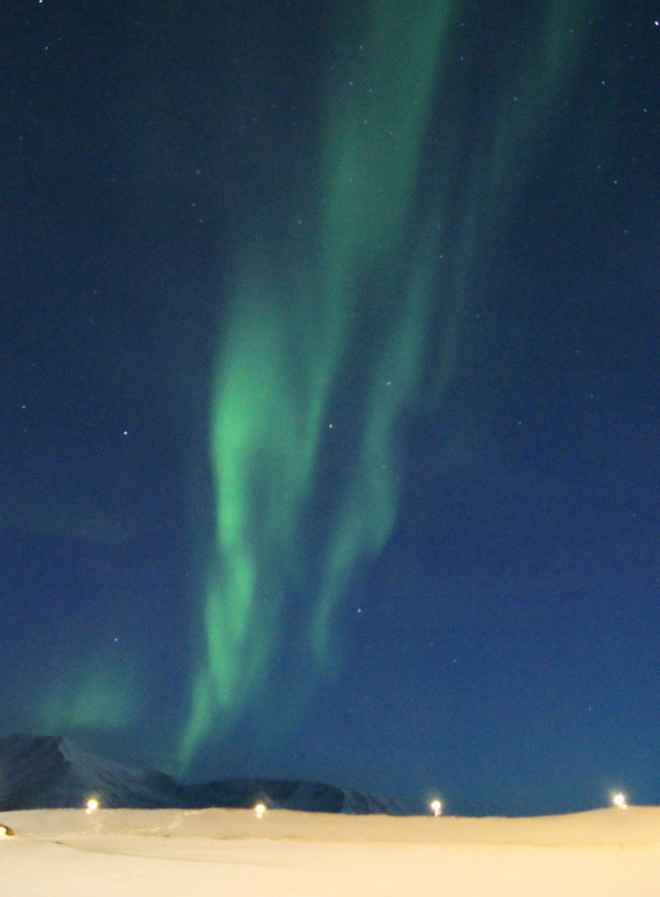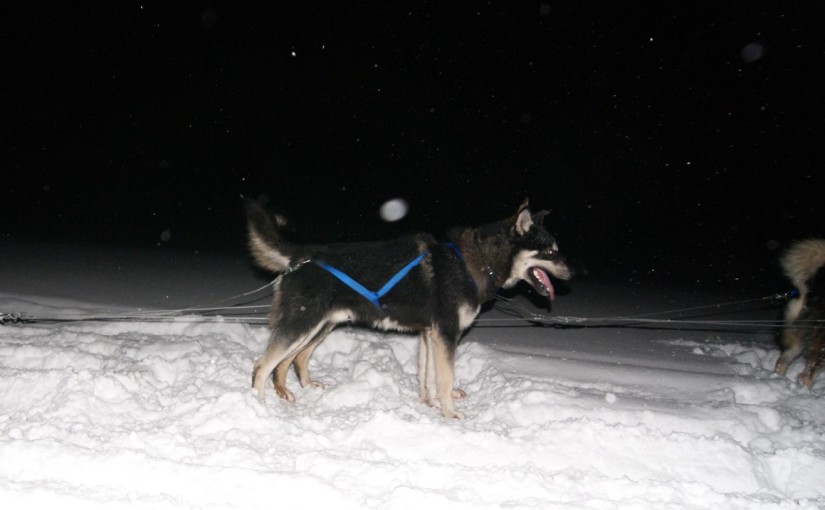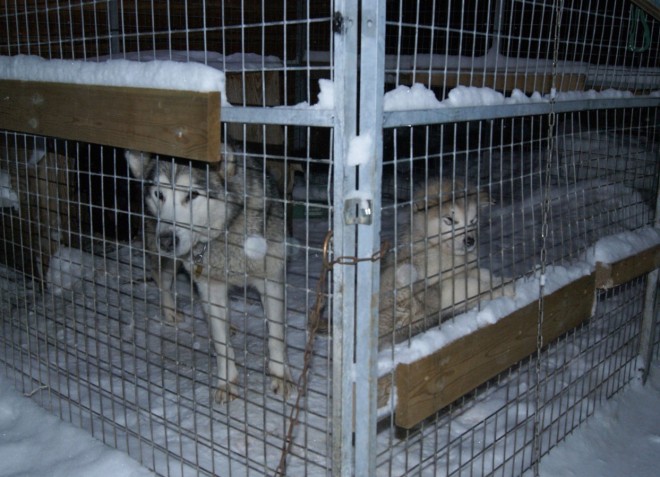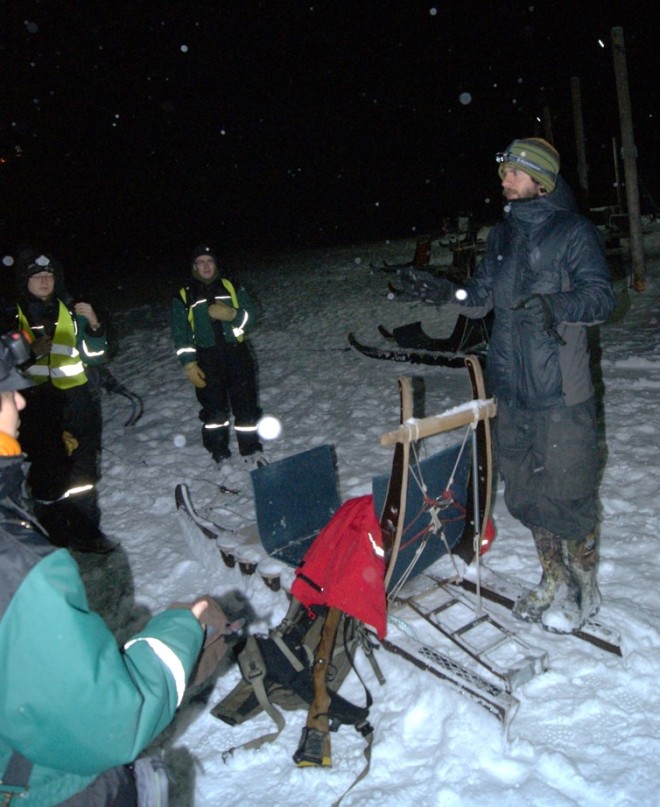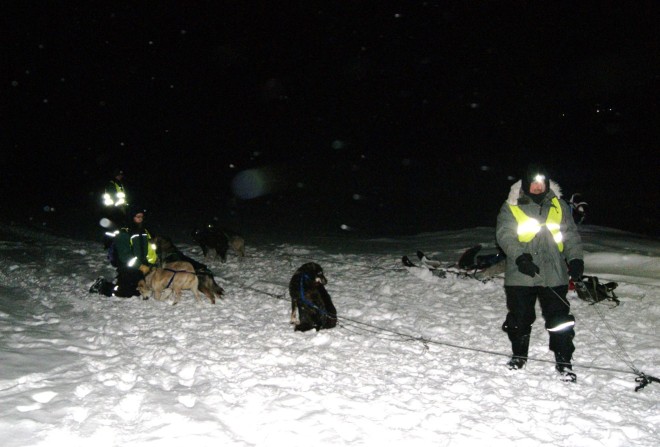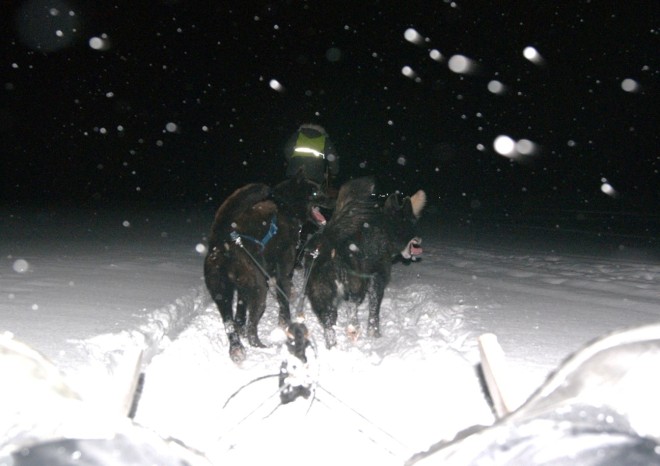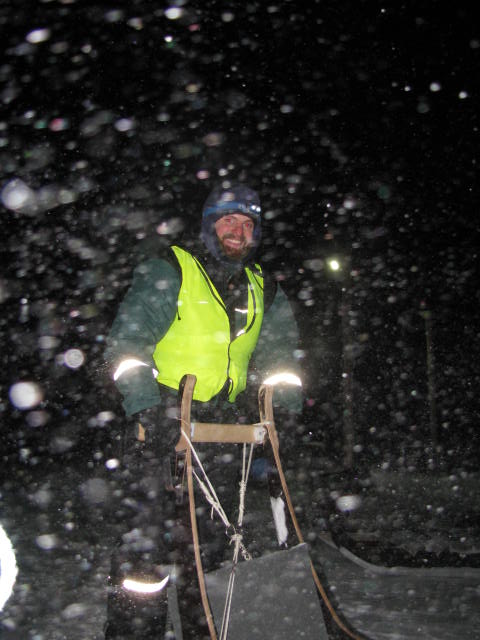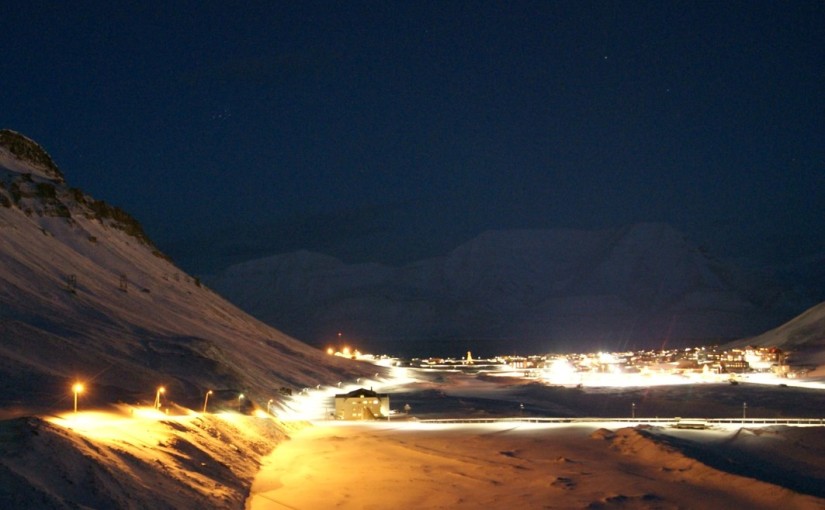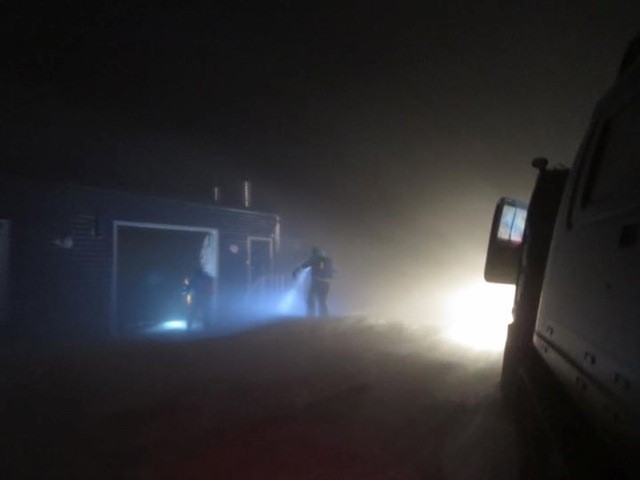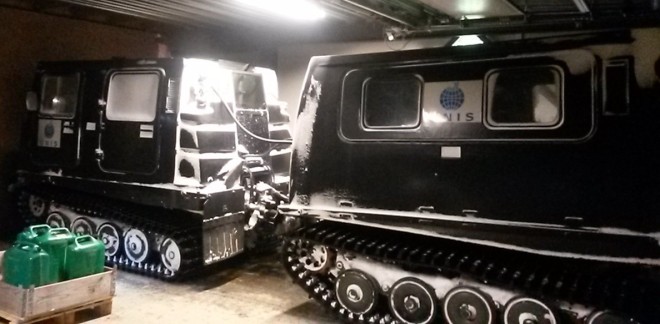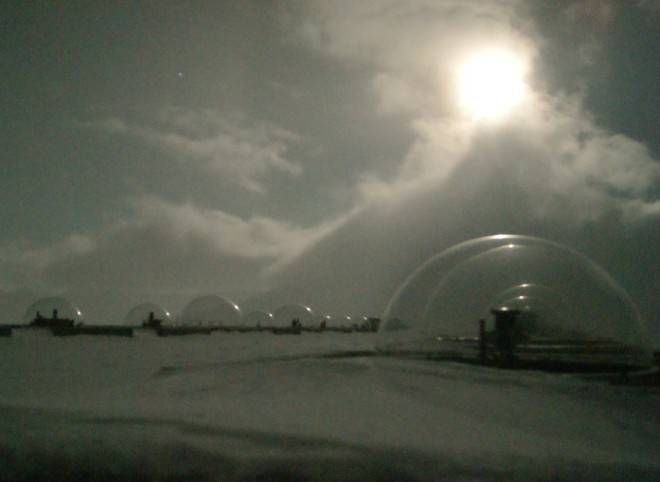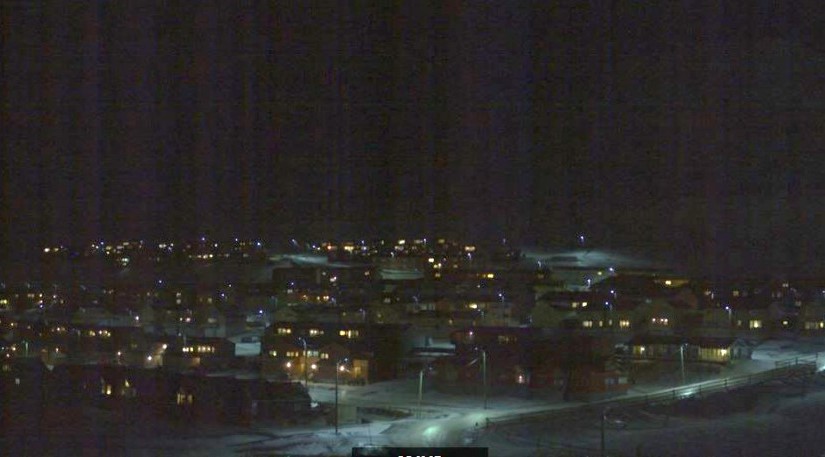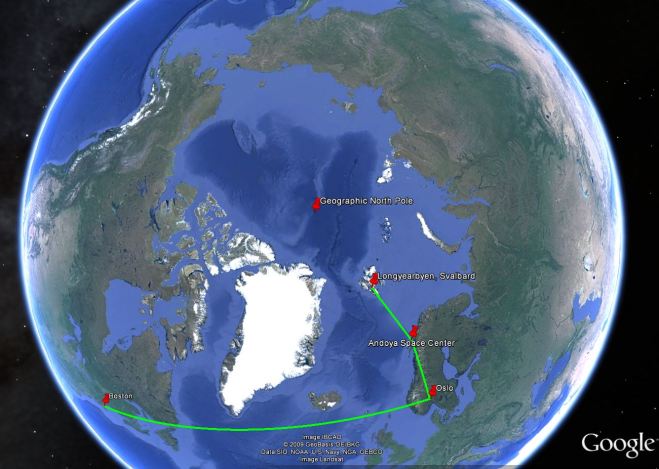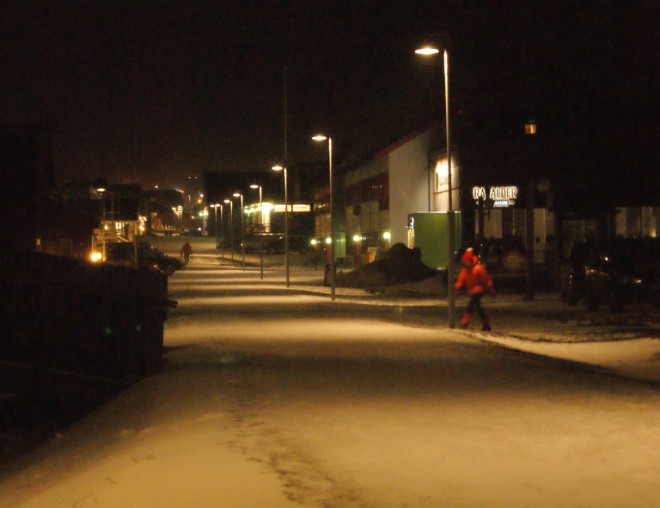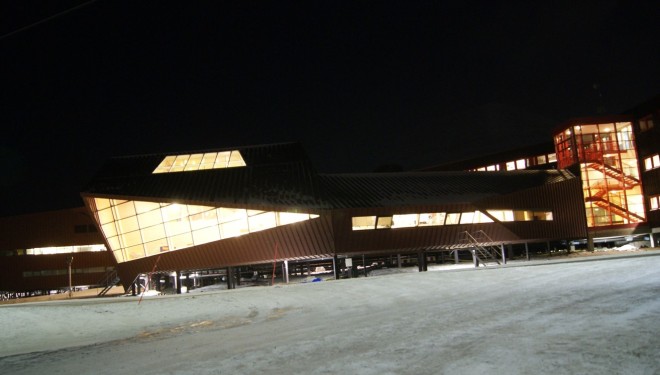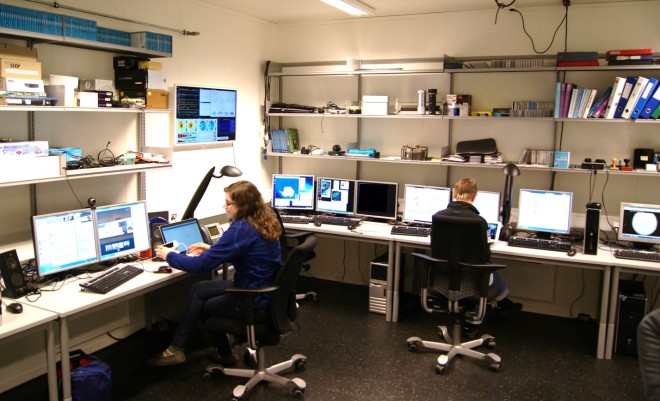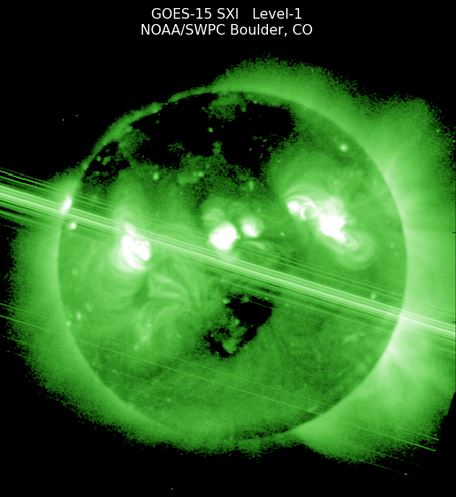After five and a half weeks on the road, including about three weeks in Longyearbyen, there are a handful of things I found interesting but never managed to make it into blog posts. I thought today would be a good day to share some of the rest of the photos from my trip.

One of the first things you notice in Longyearbyen are the polar bears. In my experience this just meant signs and statues, but no one leaves town without proper protection. Cross-country skiers don’t leave town without a rifle slung across their backs (origin of the biathlon, perhaps?).

I never saw a live polar bear while I was up there, and I’m fine with that. I think if you can see a bear you are probably too close. I will happily live with just seeing the stuffed version.
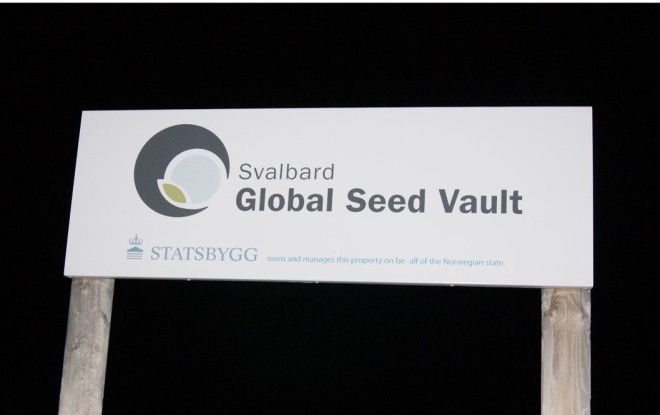
There wasn’t much to see in the dark, but the Global Seed Vault is located just outside of town, along the drive up to KSAT, a massive satellite tracking facility. Some say that the seed vault is preparation for re-starting society after a potential global doomsday scenario.
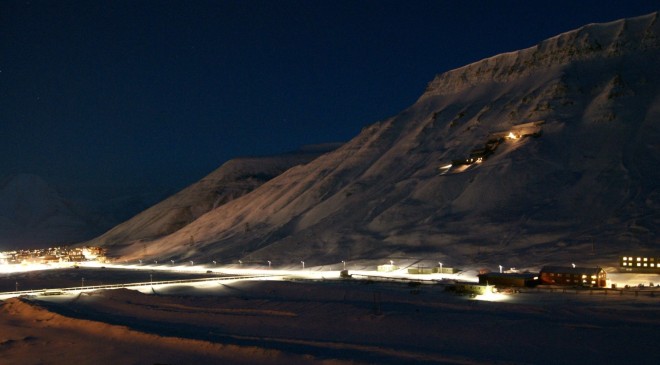
Most of the economy on the island revolves around the coal industry. In recent years tourism and research facilities have begun to supplement the production of the mines.

The complex system used to move coal around was interesting, but it took a while to figure out what the goofy shaped building on the edge of town was used for.

Svalbard is technically a part of Norway, but is governed by many of its own laws. Russia lays claim to the island as well, and a few towns are primarily Russian in culture.
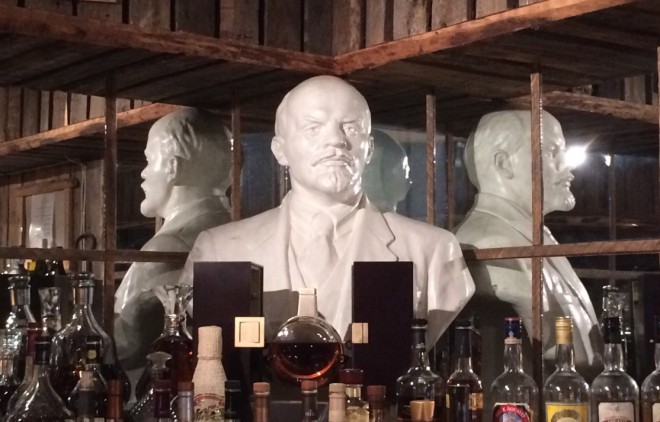
Part of the Norwegian influence on the culture is the cuisine. There are a few things I got to try on my trip that you won’t find in the grocery stores back in the U.S.

I tried seal steak but forgot to get a photo. That was the rarest thing to find on a menu. I saw whale at several different restaurants, but it was also not available everywhere. Only a few countries still serve whale, including Norway, Iceland, and Japan. Reindeer was a little more common, but still not something I’m used to seeing as a dinner option. All three were delicious!

I did manage to see reindeer outside of a restaurant. I heard stories of years past where reindeer were seen all over town in Longyearbyen. This year I only heard of a few sightings while we were there, including this one on my way to the store. I only had my phone on me at the time and didn’t want to get too close, so the picture is a little fuzzy.
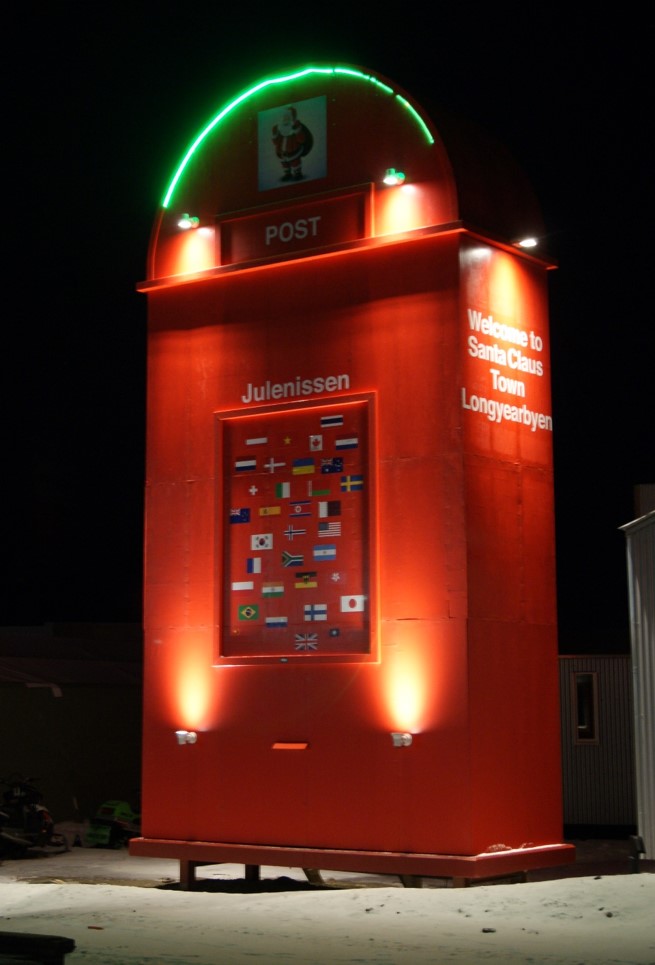
Christmas is huge in Norway, the whole town was decorated by the time we left. They have to get their trees shipped up from the mainland since no trees grow on the island, but that doesn’t dampen the spirit of the locals.
I had another amazing trip this winter and am extremely grateful for the opportunity to see another corner of the world. Although I am certain Christmas in Norway would have been quite an experience, I am happy to be home after a successful mission.
Until next time…
